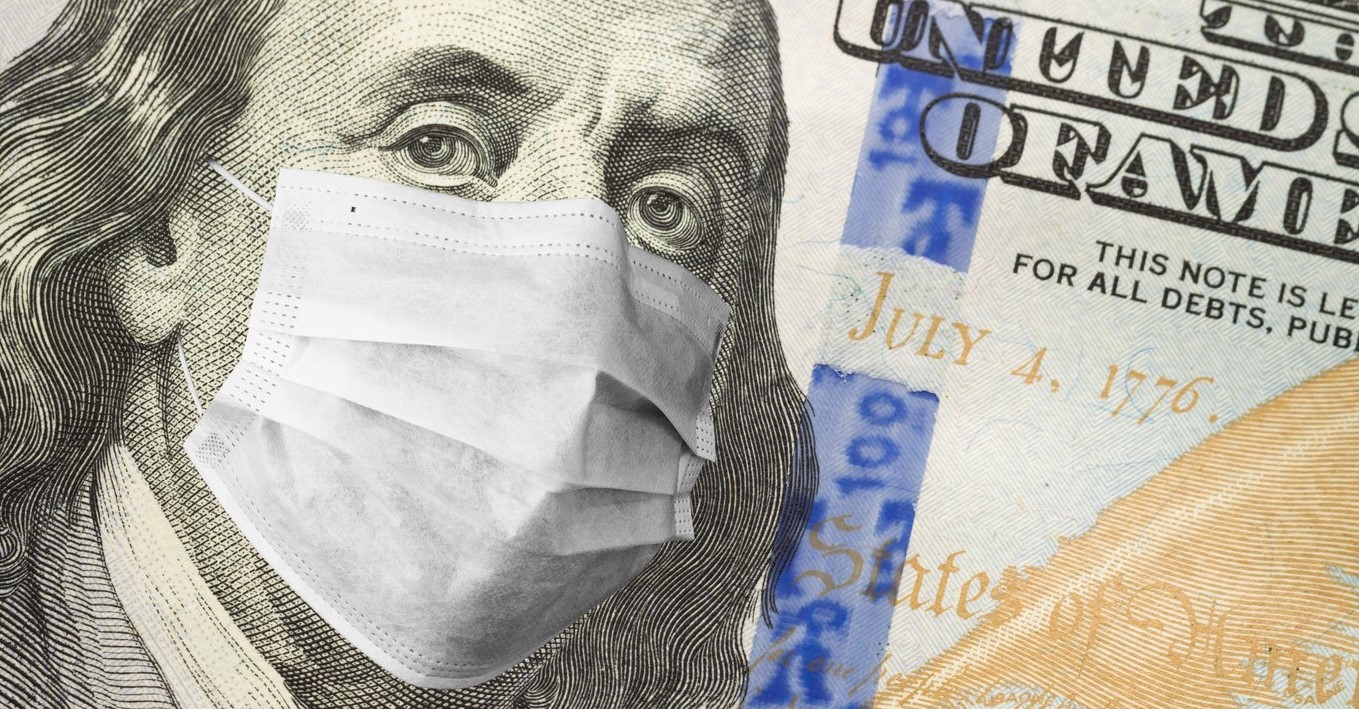
For many, their perception of the world changed dramatically in March 2020. On March 13, President Donald Trump signed Proclamation 9994, declaring a national emergency because of the coronavirus and associated COVID-19 illness. There were just over 500 cases reported that day nationwide, with only a handful in Illinois. Just two weeks later, the nation was experiencing more than 17,000 cases per day, with Illinois accounting for about 500 of those cases. Naturally, there was much uncertainty and panic
during the early days of the pandemic about the finances of state and local governments. The question we ask in this paper is whether Illinois bond issuers paid a relatively higher price for its perceived precarious fiscal position entering the COVID-19-induced economic downturn. With such a sudden and dramatic effect on relative risky bond yields, it would not be surprising if there were differential effects on bonds of different rating categories. As we will see in the literature review, there is precedent for this belief. Lower-rated bond issuers, like the state of Illinois and some other state and local governments, tend to suffer more during uncertain times. Yields rise, essentially penalizing issuers in states with poor economic and financial conditions. This happens not just with statewide issuers, but municipal issuers within that state. This creates a “negative externality” for municipal governments. We will try to measure the extent to which this happened during the early stage of the pandemic.
During times of crisis, lower-rated credits within debt types are penalized more than higher-rated credits. Illinois is truly paying a price now for poor fiscal management over the past several decades.